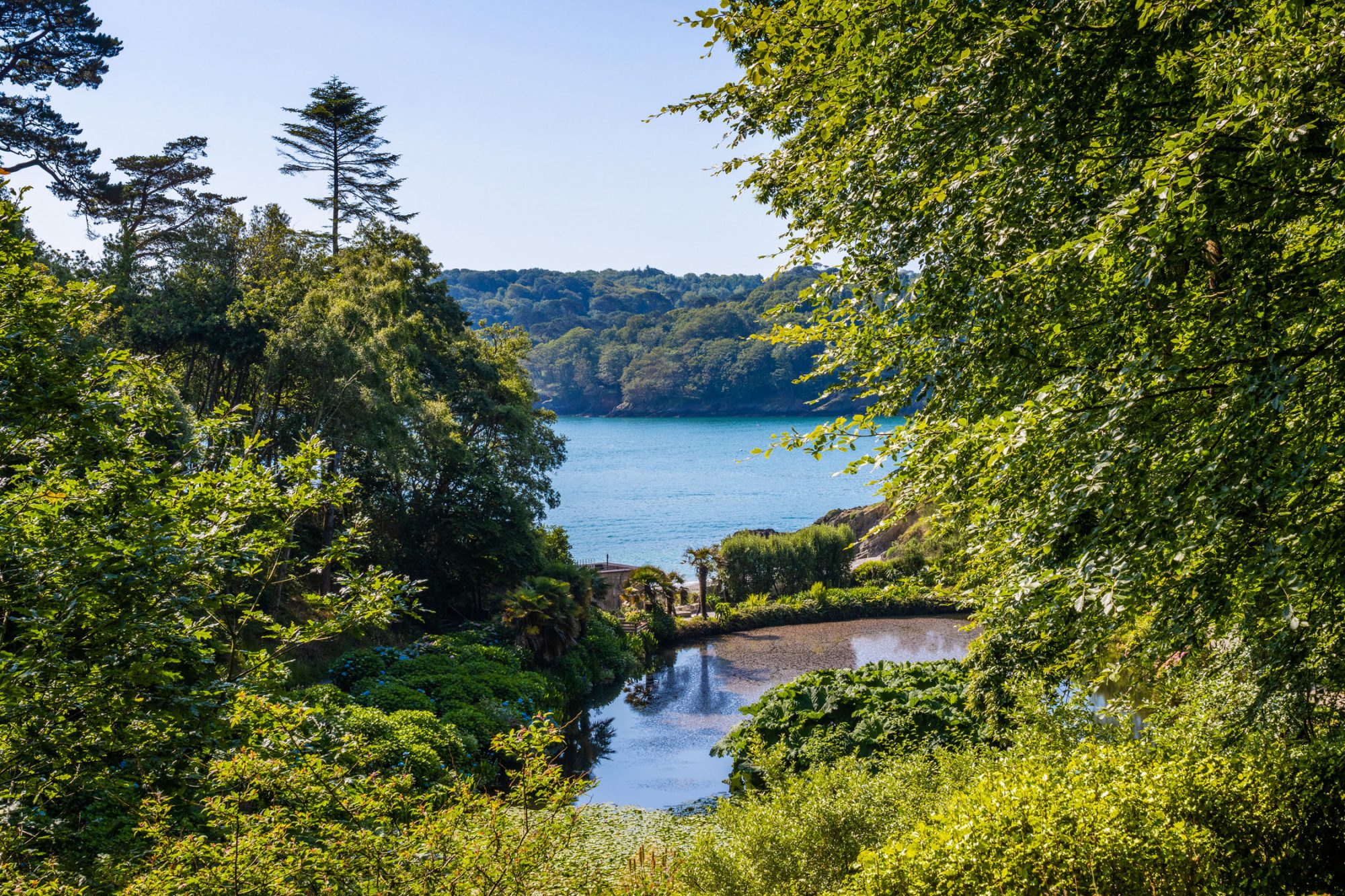Trebah Garden Trust
Owns Trebah 1990 – present
The year 1990 started with an intense winter storm which blew down 70 of the largest trees from the original shelterbelt planted by the Foxes, and this was a huge loss to the garden, however there would be another major change to Trebah that year.
The Trust is formed
To protect the garden for perpetuity, the Hibberts passed ownership of the house, garden and cottages to Trebah Garden Trust. This newly formed registered charity, led by a board of Trustees known as the Council of Management, was entrusted with the responsibility of running the garden.
The family put forward a number of proposals for Trebah’s future, including to keep the garden a family and dog-friendly place, to plan and plant for 200 years ahead, to ensure year-round scent in the garden and to keep Trebah unique and informal.
Charitable aims
Two core principles were decided upon to guide the new charity. These still inform the decisions we make to this day.
- “To preserve, enhance and recreate for the education and enjoyment of the public the gardens of Trebah.”
- “To promote the education of the public on matters connected with the arts and sciences of garden land.”
Garden development
The years in Trust have been a very productive time with many projects completed. In the 1990s Trebah’s plant collection was grown dramatically and connections were made with Royal Botanic Gardens, Kew. Trebah has received plants from both Kew expeditions and also the conifer conservation project at the Royal Botanic Garden Edinburgh.
A Garden Committee was formed in the early 2000s to gather specialist knowledge and make recommendations regarding maintenance of the plant collections and major new development projects at Trebah. The Committee does so through Trebah’s Garden Development Plan.
Funding was secured from Task Force Trees to fund replanting the shelterbelt and later plant labelling was introduced.
At the turn of the century a grant from the National Lottery Heritage Fund and Objective One funding, totalling £1.94 million, led to the completion of a transformational project. The building of the Visitor Centre – formally named the Hibbert Centre to recognise the contribution made by the Hibbert family – gave Trebah the world class facility in which you stand today. It also led to the restoration of Alice’s Seat and the creation of a nursery area which is still used to propagate home-grown plants for our Plant Centre.
Growing A Garden
Since becoming a Trust, Trebah has undertaken many developments and projects, in addition to usual care and maintenance that the garden receives each year.

1992
Bamboozle
A dense plantation of 50 bamboo varieties, some which are rare, in the heart of the garden with winding paths that cut across several bridges.

2002
Visitor Centre
Built with help from the Heritage Lottery Fund, the Visitor Centre was constructed as a modern, permanent home to Trebah Kitchen, the Gift Shop and a gallery space.

2002
Alice’s Seat
A cob and thatch recreation of an original summerhouse structure built during Alice Hext’s ownership, originally known as Alice’s Retreat.

2005
Mallard Bridge
A bridge was constructed over Mallard Pond, reminiscent of a Monet painting, which now completes the view looking up the valley.

2007
Cascade
A waterfall was added to the Stumpery, a shady dell full of tree ferns and ancient stumps, which was created on the site of a former quarry in 2002.

2010
Water Garden
Built around a natural spring, the Water Garden flows through a series of pools, criss-crossed by a meandering path and surrounded by lush planting.

2014
Amphitheatre
Built around a natural spring, the Water Garden flows through a series of pools, criss-crossed by a meandering path and surrounded by lush planting.

2023
Court Garden
Constructed on the footprint of a former tennis court, this accessible walled garden is sheltered by warm stone walling and planted more-formally.

2024
Trebah Lodge
The Lodge at the entrance was fully renovated and converted into holiday accommodation to provide a new income stream for the Trust.



